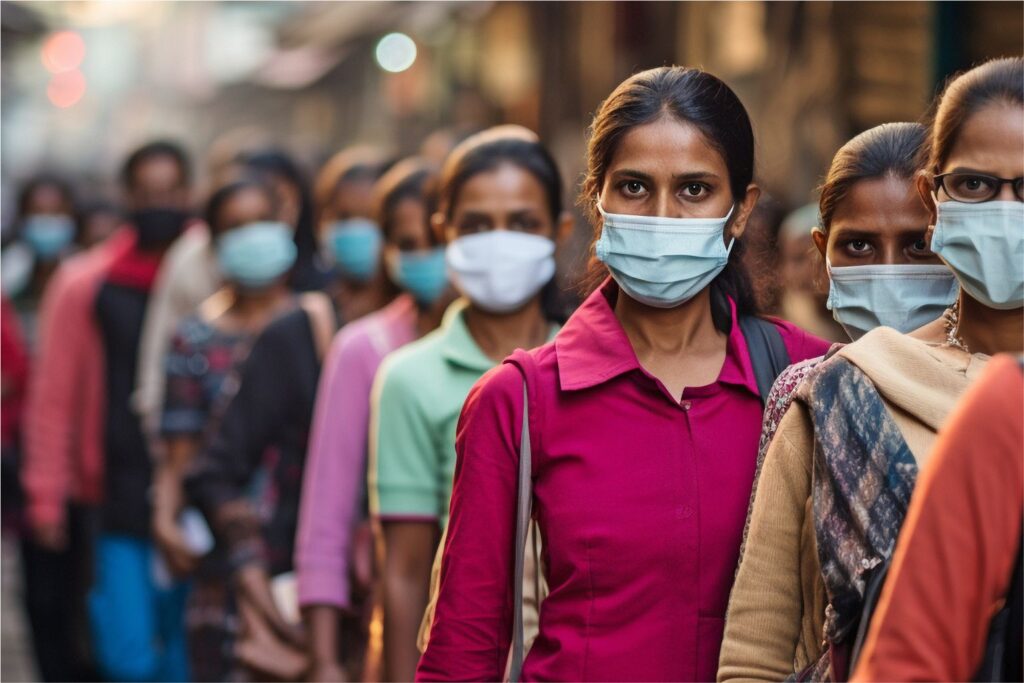
Despite a recent uptick in COVID-19 cases across parts of India and Southeast Asia, health experts are urging the public not to panic. According to scientists, the virus has become endemic, evolving into a milder respiratory illness that is less severe than the flu for most people.
The total number of active COVID-19 cases in India touched 6,491 on Monday, as 358 fresh cases of the virus were reported in the last 24 hours in the country, according to the Ministry of Health and Family Welfare. Kerala continues to be the most affected state, with the active cases tally reaching 1,957. Gujarat, West Bengal, and Delhi are next in line.
Addressing public concerns, experts attributed the recent surge to waning immunity and seasonal factors like extreme temperatures driving people indoors. They emphasised that elderly individuals and those with underlying health conditions should continue to take standard respiratory precautions.
“With every passing year, COVID-19 is causing milder infections. It is (now) just another respiratory illness and less dangerous than the flu. We can forget COVID-19 as a special case. It is not a cause of concern,” global health expert Dr Chandrakant Lahariya told PTI.
Also Read | COVID-19 cases rise in India, but no need to panic: IMA
“All the subvariants are similar, having a lower virulence but high infectivity. While highly susceptible people can still get severe disease, the vast majority don’t, especially those who have had prior infections or vaccines,” said Dr Anurag Agarwal, dean of biosciences and health research, Trivedi School of biosciences at Ashoka University, Haryana.
The World Health Organization declared an end to COVID-19 as a ‘public health emergency’ two years ago in May 2023. Health experts describe the disease as’seasonal’, ‘endemic’, ‘permanent’, or’region-specific’.
Recent wastewater surveillance in Pune detected SARS-CoV-2 traces in 10 treatment plants, showing patterns similar to earlier spikes. Genome sequencing revealed the presence of Omicron subvariants LF.7, NB.1.8.1, JN.1, and XFG — all classified as low-risk variants under monitoring (VUM) by the WHO.
“These subvariants show higher infectivity but not higher virulence,” explained immunologist Dr Satyajit Rath, adding that the virus is not evolving to become deadlier but only better at spreading.
Experts called for accurate public communication, timely data sharing by authorities, and better access to basic preventive tools like masks in vulnerable communities. They also raised concerns over the need for next-generation COVID vaccines and more robust tracking of the virus’s evolution.
“Until a variant is labelled as a ‘variant of concern,’ there’s no reason for the public to worry,” Dr Agarwal said.








